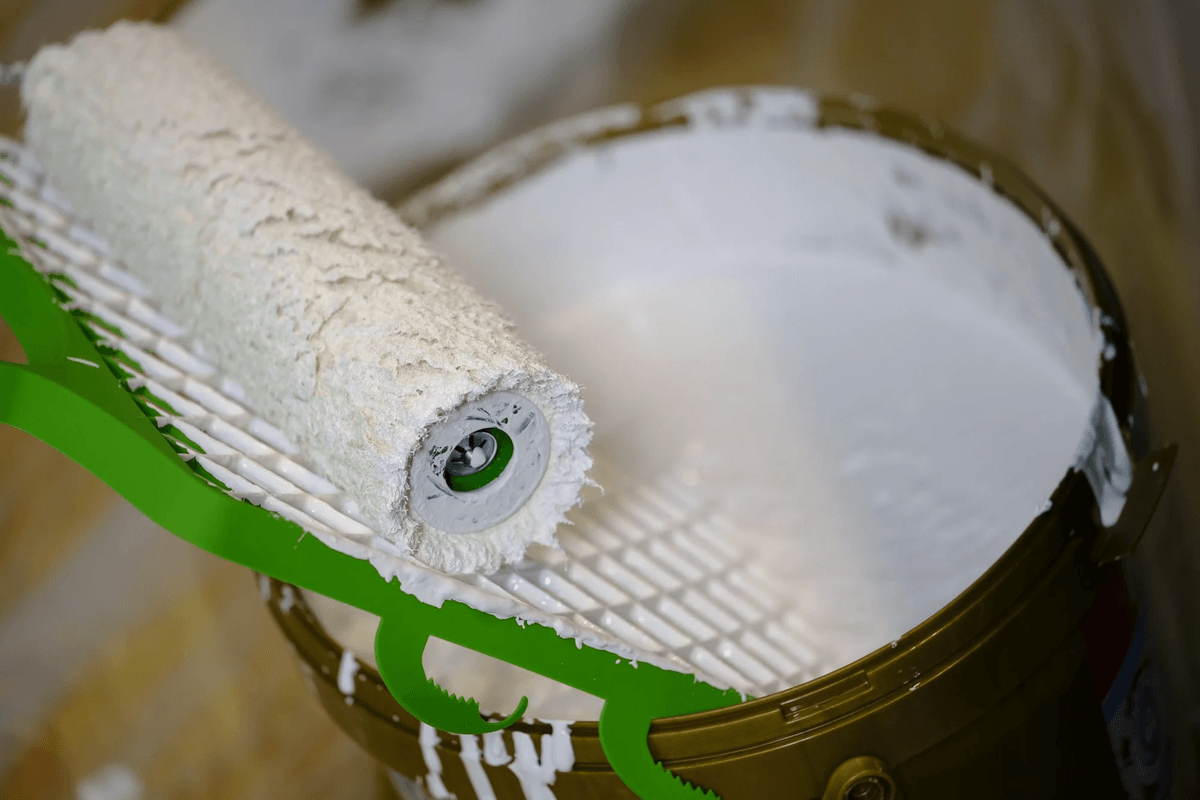
When it comes to enhancing the beauty and value of your home, few things can make a bigger impact than a fresh coat of paint. A well-chosen color scheme and expert application can transform your living space, making it feel more welcoming, modern, and inviting. However, with so many options available, it can be overwhelming to navigate the world of Residential painting services Winchester VA. In this article, we'll explore the ins and outs of residential painting, from preparation to application, to help you achieve the perfect finish.
Before You Begin: Preparing Your Home for Painting
Before you start painting, it's essential to prepare your home for the task. This includes cleaning and decluttering the area, covering furniture and floors, and repairing any damaged surfaces. It's also crucial to remove any outlet covers, light switch plates, and doorknobs to prevent paint from getting stuck in these small crevices. Additionally, consider hiring a professional to handle any heavy lifting or complex tasks, such as painting ceilings or trim.
Choosing the Right Paint: Color, Finish, and Quality
When it comes to selecting the right paint, there are several factors to consider. First, think about the color scheme you want to achieve. Do you want a bold, bright hue or a more subtle, neutral tone? Consider the natural light in your home, as well as the colors of your furniture and decor. Next, think about the finish you want. Do you prefer a matte, eggshell, or semi-gloss finish? Matte finishes are great for low-traffic areas, while eggshell and semi-gloss finishes are better suited for high-traffic areas and trim work. Finally, consider the quality of the paint. Look for paints with high-quality ingredients, such as titanium dioxide for opacity and UV protection.
The Painting Process: From Preparation to Application
Once you've prepared your home and chosen the right paint, it's time to start painting. Begin by applying a primer to any surfaces that will be painted, such as drywall or wood. This will help the paint adhere better and create a smooth finish. Next, apply the paint in thin, even coats, working from top to bottom. Use a roller for large areas and a brush for trim work and corners. Be sure to follow the manufacturer's instructions for drying times and recommended coats.
Tips and Tricks for a Professional-Looking Finish
Achieving a professional-looking finish requires attention to detail and a few simple tips. First, make sure to clean your rollers and brushes regularly to prevent paint from drying on them. Second, use a paint tray with a grid to prevent paint from dripping onto your floors or furniture. Third, work in small sections, completing one area before moving on to the next. This will help you maintain a consistent finish and avoid streaks. Finally, consider using a paint shield or mask to protect surrounding areas from overspray.
Common Mistakes to Avoid When Painting Your Home
While painting can be a relatively simple process, there are several common mistakes to avoid. First, don't rush the process. Take your time and work methodically to ensure a smooth finish. Second, don't apply too much paint at once. This can lead to drips and uneven coverage. Third, don't neglect to prime surfaces. This can result in poor adhesion and a rough finish. Finally, don't forget to clean up as you go. This will help prevent paint from drying on your tools and make the cleanup process easier.
The Benefits of Hiring a Professional Painter
While painting can be a fun and rewarding DIY project, there are several benefits to hiring a professional painter. First, professionals have the experience and expertise to complete the job quickly and efficiently. They know how to navigate complex surfaces and achieve a smooth finish. Second, professionals have the necessary equipment and supplies to get the job done right. They'll bring their own paint, brushes, and rollers, ensuring that you don't have to worry about running out or using subpar materials. Finally, professionals can handle any unexpected issues that may arise during the painting process, such as water damage or structural problems.
The Cost of Residential Painting: What to Expect
The cost of residential painting can vary widely depending on several factors, including the size of the area to be painted, the number of coats required, and the type of paint used. On average, you can expect to pay between $1 and $3 per square foot for a single coat of paint. For a two-coat application, the cost can range from $2 to $6 per square foot. Keep in mind that these estimates are rough and may vary depending on your specific situation.
Conclusion: Enhancing Your Home's Beauty with Residential Painting
Residential painting is a simple yet effective way to enhance the beauty and value of your home. By following the tips and tricks outlined in this article, you can achieve a professional-looking finish that will make your living space feel more welcoming and inviting. Whether you choose to DIY or hire a professional, remember to take your time, prepare your home, and choose the right paint for the job. With a little patience and attention to detail, you can transform your home into a stunning work of art.